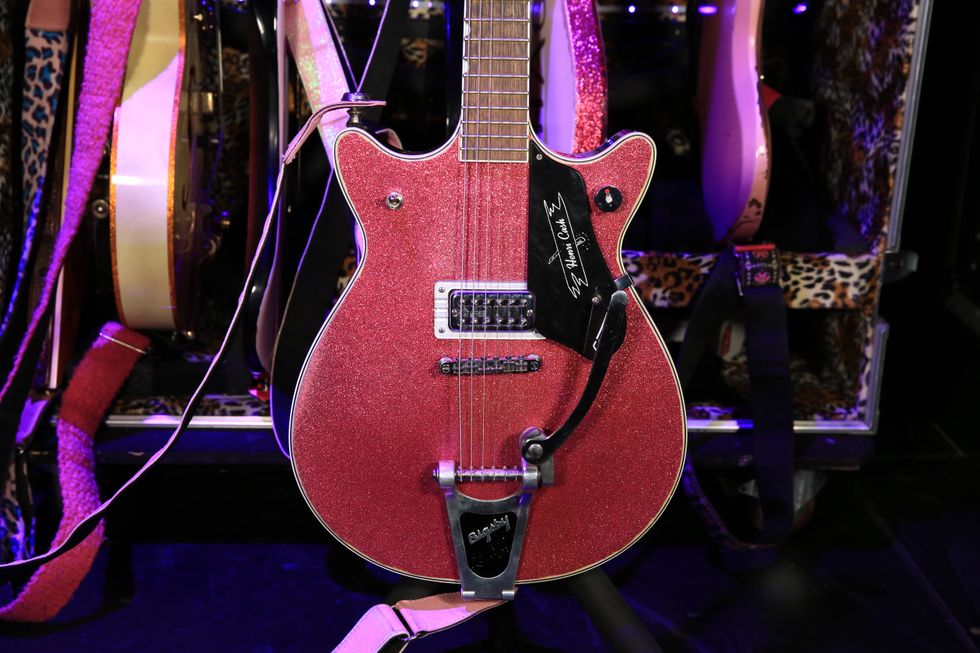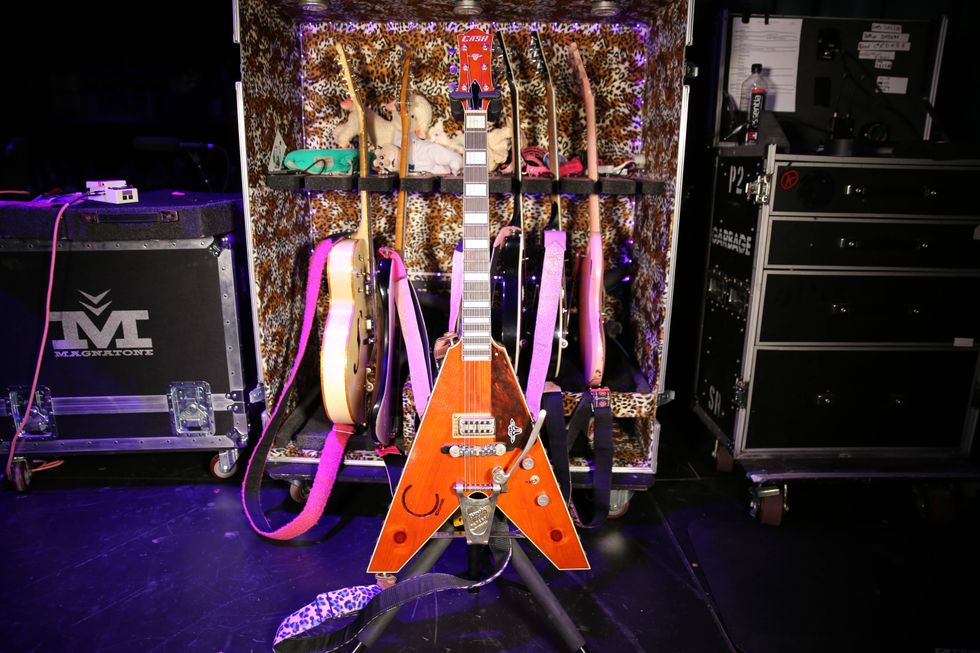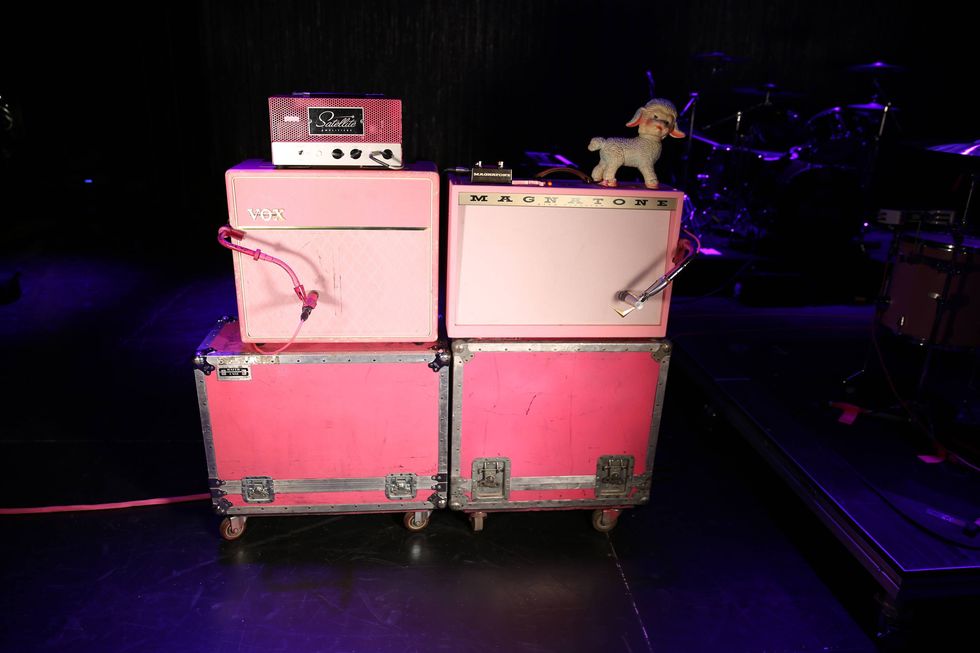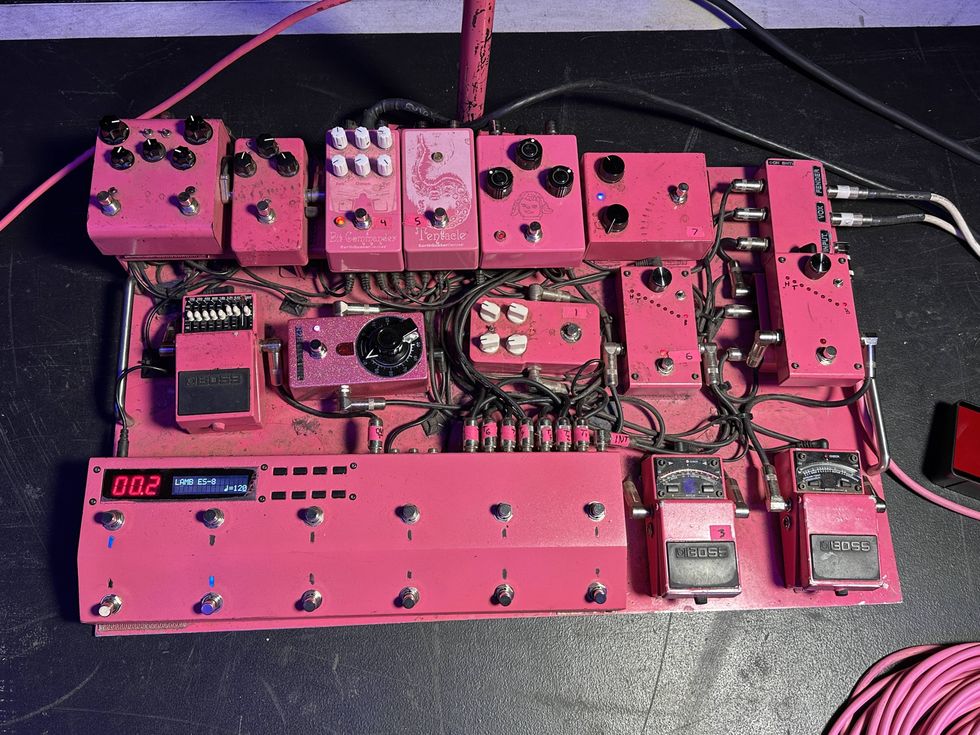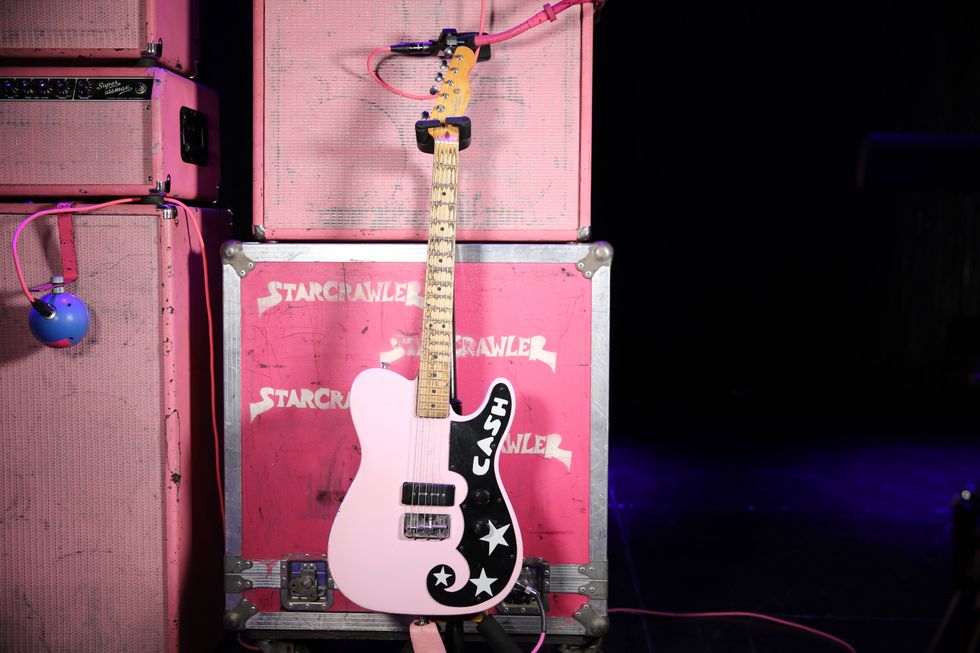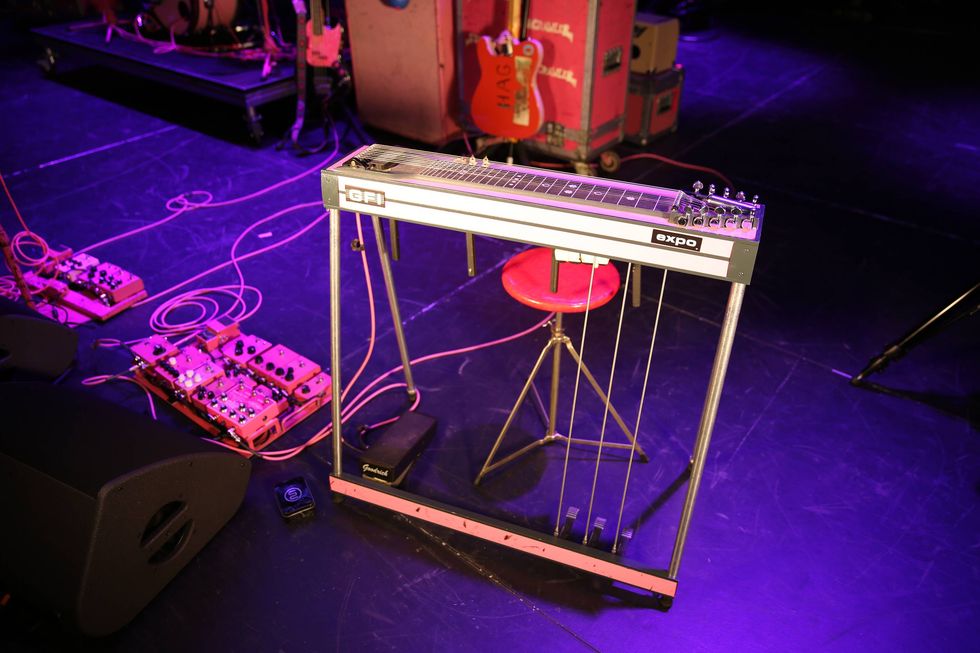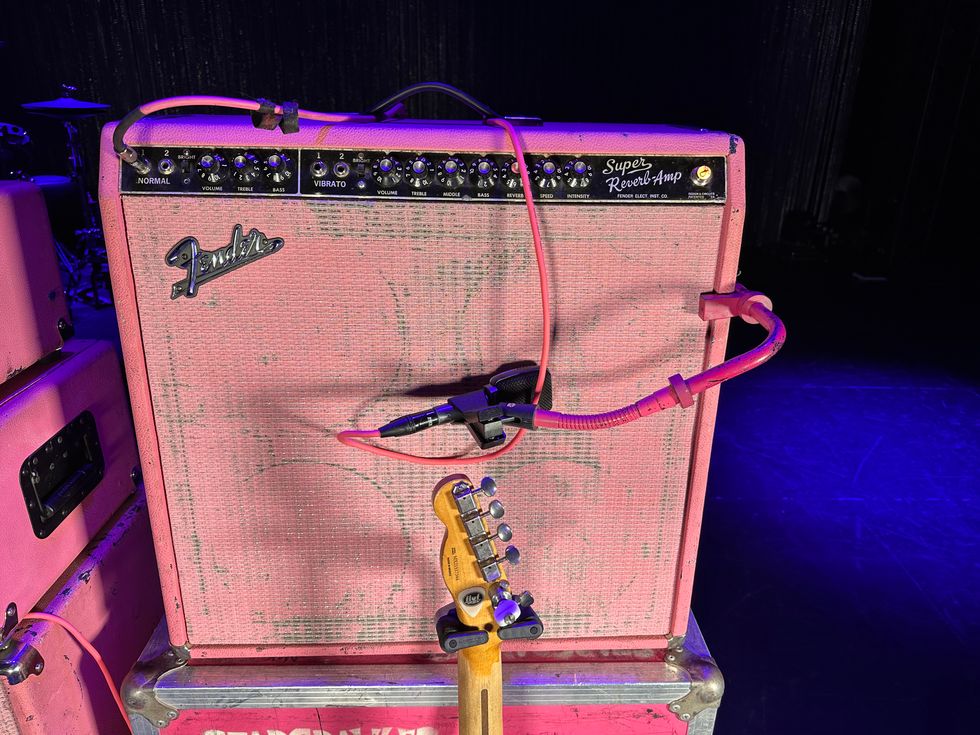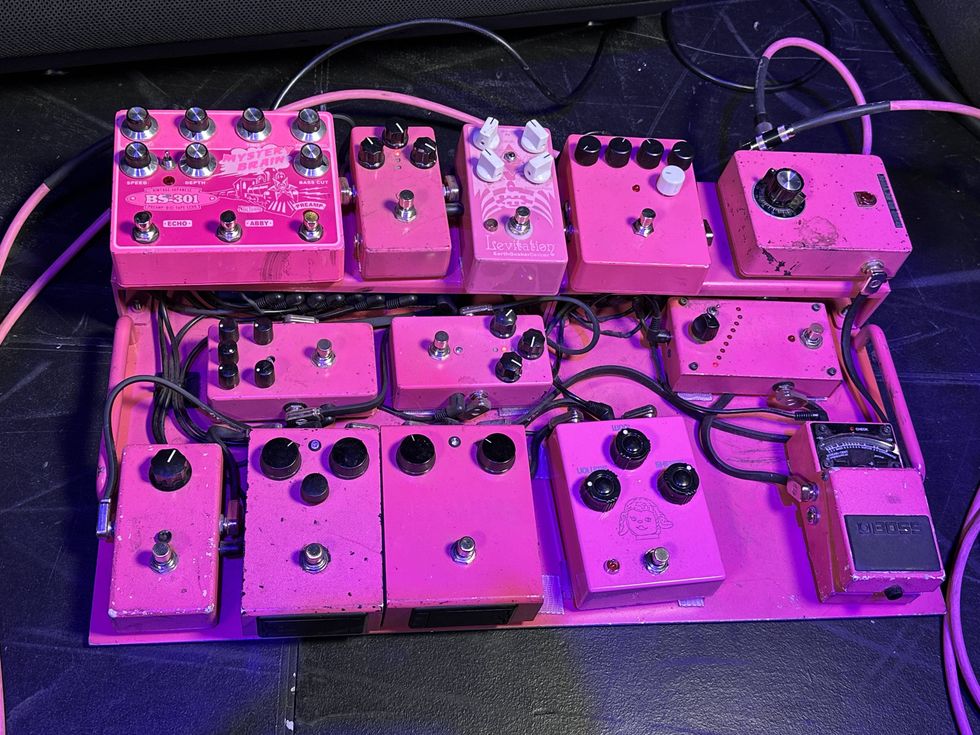Will Swan has celebrated and elevated radical guitar music through the course of nine frenetic, volatile Dance Gavin Dance albums, a pair of releases with his psychedelic post-hardcore side project Sianvar, and the creation of his Blue Swan Records label. The common thread is his hue of beautiful dysfunction and his ethos of pushing the instrument (and its sounds) forward.
Make no mistake, Swan can play the guitar. His style is equal parts violence and grace, with pit stops at all points between. He terrorizes the frets as well as he tenderly dances on them—and the results can be chaotic or calming. But what most excites him about guitar is making it not sound like a guitar.
"I really like those tones that take the guitar far away from its normal sounds," Swan explains. "I like to layer those with typical guitar tones, and to mix cool sounds with interesting-playing parts. I need both of those elements to enjoy the experience."
"I'm self-taught, so I don't know music theory, so when I'm writing I don't know what things are going to sound like. I'm just messing around and seeing what catches my ear. It's similar to the way I explore pedals. I don't quite know what's going to happen, but if I come across something that I enjoy, I'll use it and don't question it."
The afternoon of Dance Gavin Dance's headlining show at Nashville's Marathon Music Works, Swan detailed his signature Kiesels (and the other Kiesel he's been preferring), explains how the Friedman Small Box is (phenomenally) filling the void of his favored vintage Rockerverb, and breaks down why his pedals help him embrace the textures and tones of other instruments.
[Brought to you byD'Addario XPND Pedalboard: https://www.daddario.com/XPNDRR]
Signature Swan
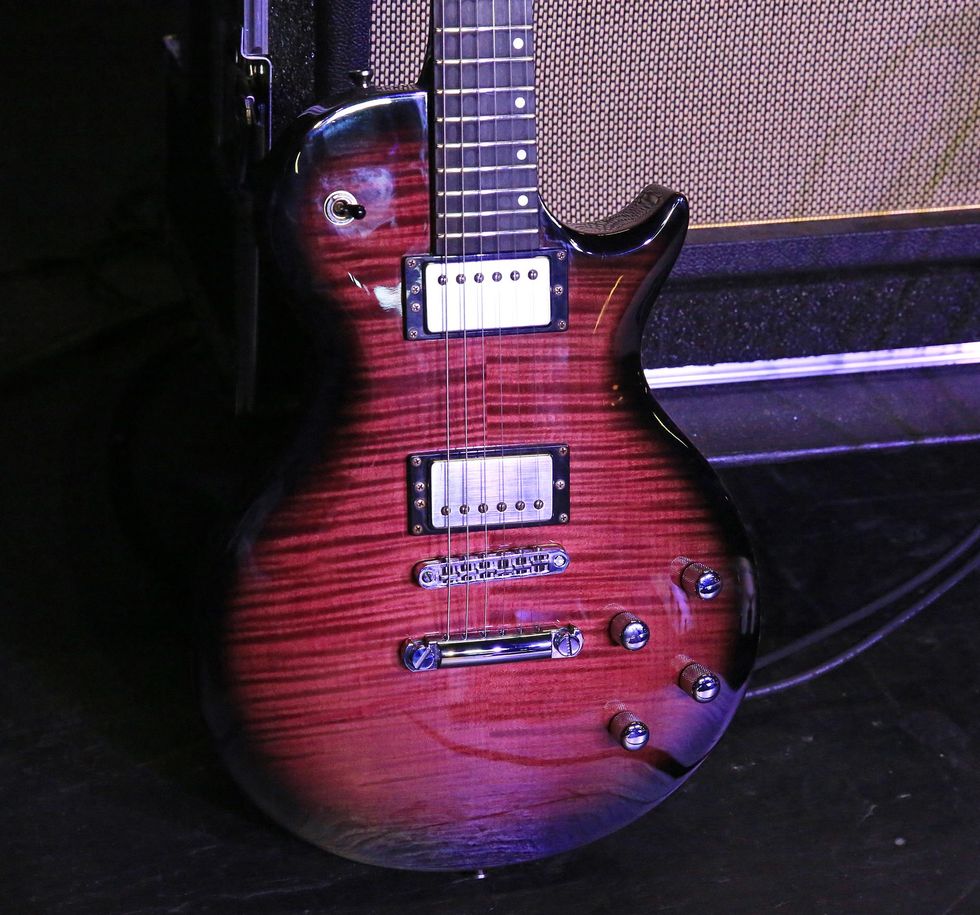
"I like jumping around to different types of guitars," admits Dance Gavin Dance guitarist Will Swan. Over the years, he's taken the stage with 6-strings from Fender, Gibson, Kauer, and Halo.
"I was opposed to signing to any particular company because I'd be tied down to that and wouldn't be able to play something else if I got the feeling to," he adds. However, after meeting Kiesel's VP Jeff Kiesel and touring their factory, Swan was comfortable with the SoCal custom shop knowing his wandering tastes would always be served.
"I just realized they do so many things so well. I can go to Kiesel and play all the varieties I want and not have to compromise on tone or anything, since they're so flexible on what they offer," he says. He worked alongside Jeff to design his signature model based on their LP-style CS6 (or California Singlecut). Highlights include a mahogany body decked out with a 4A flamed-maple top, a 5-piece mahogany neck paired with an ebony fretboard, and a set of Kiesel's Beryllium humbuckers. He landed on those because they're lower output and more classic-sounding. This is the first iteration of his namesake guitar. He puts D'Addario XLs (.010–.042) on all his 6-strings, and is typically tuned to standard. He attacks the strings with Dunlop Nylon 1.0 mm picks.
Swan Song
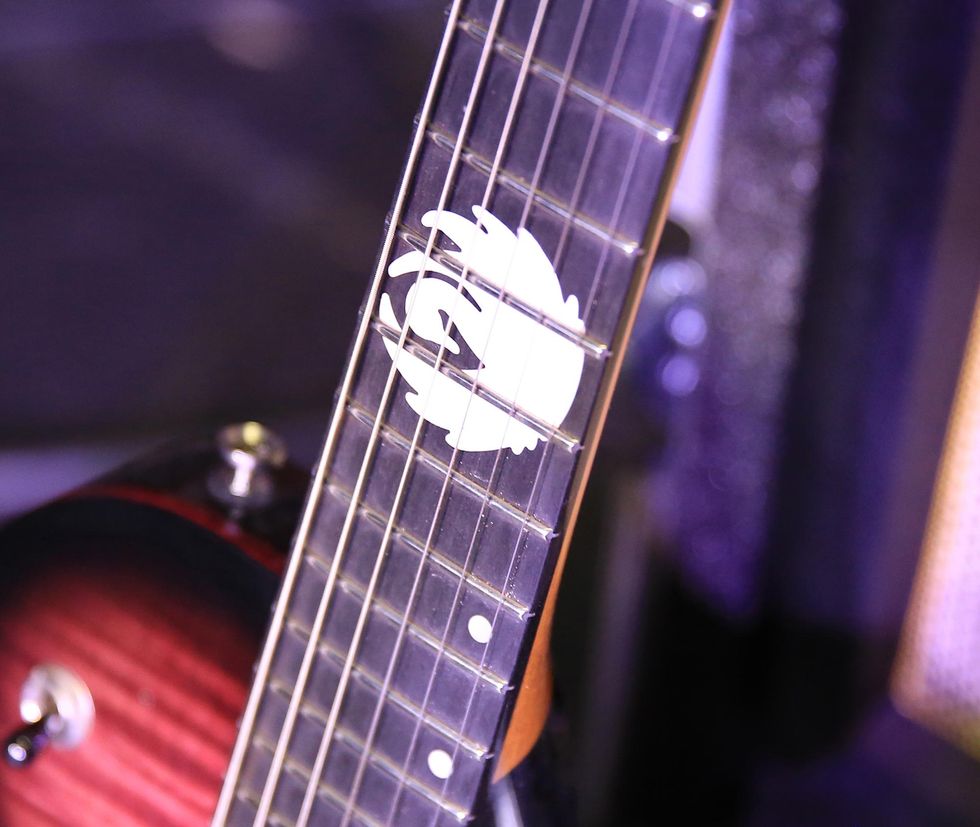
You won't see Will's name or signature emblazoned anywhere on the instrument, but the dead giveaway it's his is the swan silhouette inlay at the 12th fret.
Fresh Cut
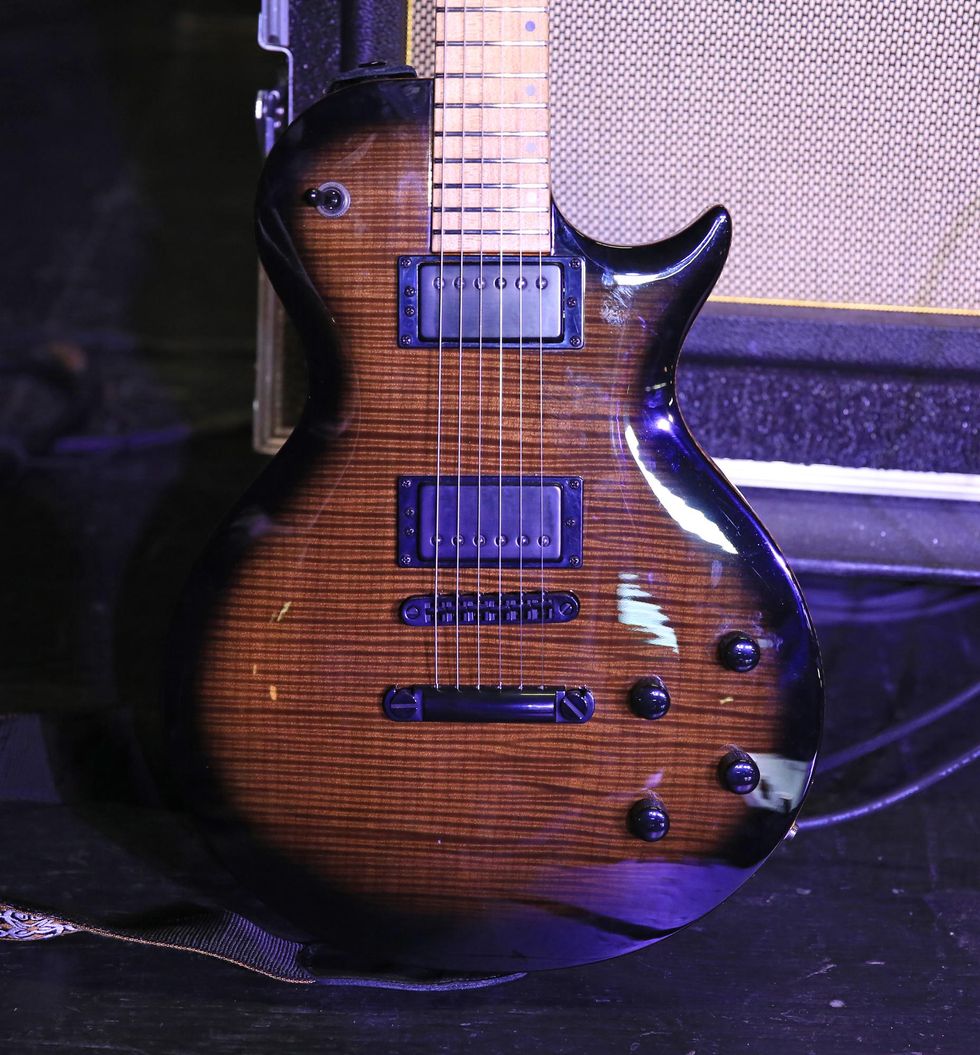
Here's Will's latest signature. Kiesel provided it for him before DGD's current headlining tour with Polyphia.
A Name Doesn’t Mean a Thing
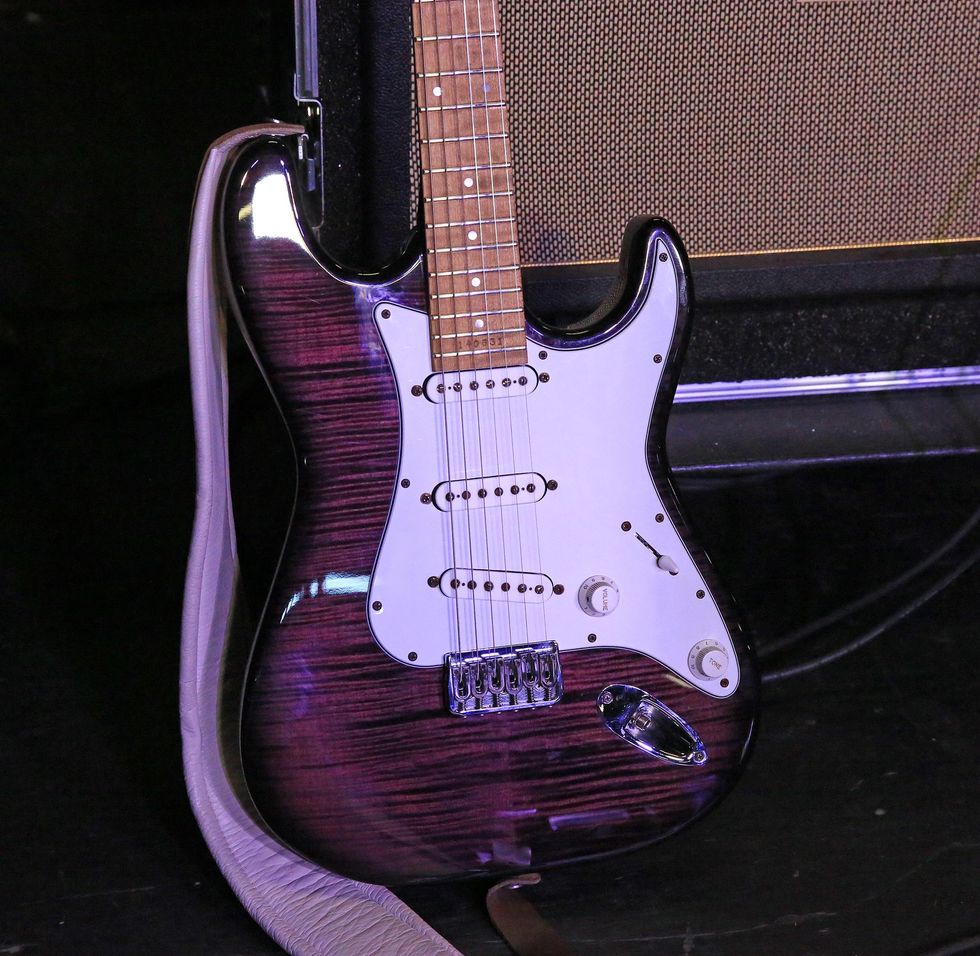
"The shameless self-promoter in me says I should use the signature, but I just go for tone and feel," admits Swan. So while he tours with a pair of his signature Kiesel WS6 models, he says this is his current crush: a custom Delos model with Kiesel Lithium single-coils. (Fun fact: Only Jeff Kiesel is able to pull off this splashy purple flame finish.) Swan has used the Delos extensively on the last two Dance Gavin Dance releases (2018's Artificial Selection and 2020's Afterburner).
Small Box, Big Rock
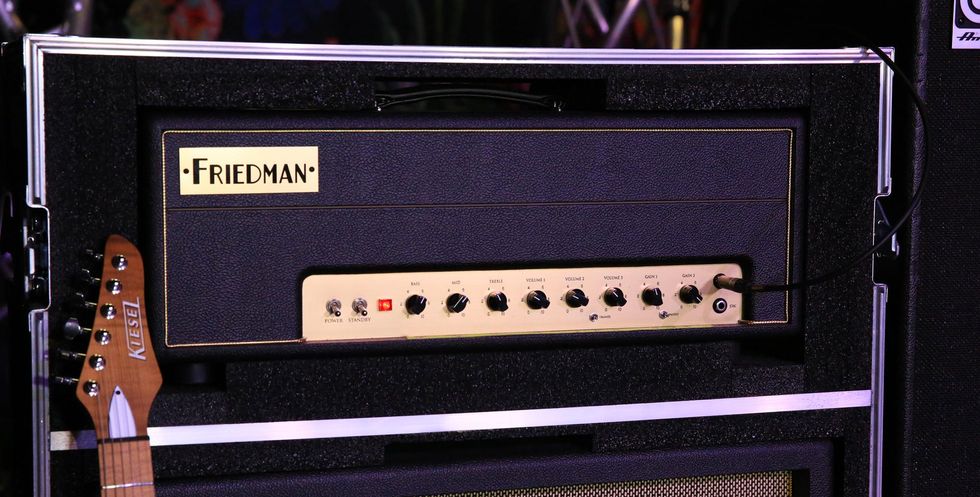
"For all my stuff, I swear by my Orange Rockerverb 100," said Swan in an interview with PG in 2016. "It constantly just kills every other amp." And while that may still hold true for the guitarist, he has retired his beloved Rockerverb from the road. In its place now sits a Friedman Small Box 50W blaster.
"This amp does both extremes I need: heavy drive and crystal cleans." So he loves the amp's versatility, and while it does harken back to vintage Marshall mojo (with its EL34s), Friedman's interpretation gives such yesteryear sounds a modern platform.
Cab-Panion
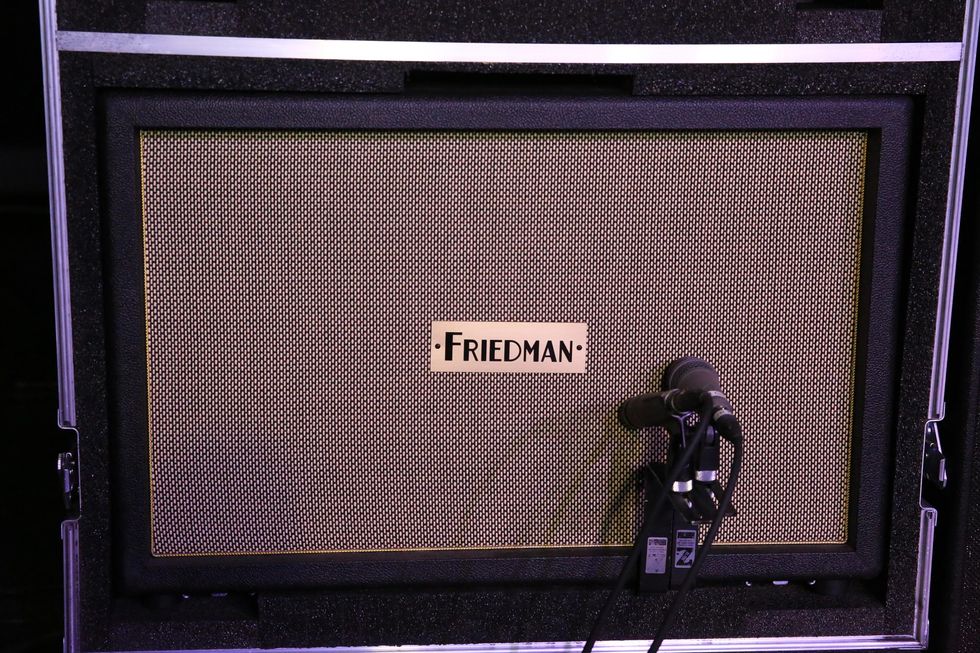
The Small Box feeds a Friedman 2x12 Vintage Cabinet that is loaded with Celestion Vintage 30 speakers.
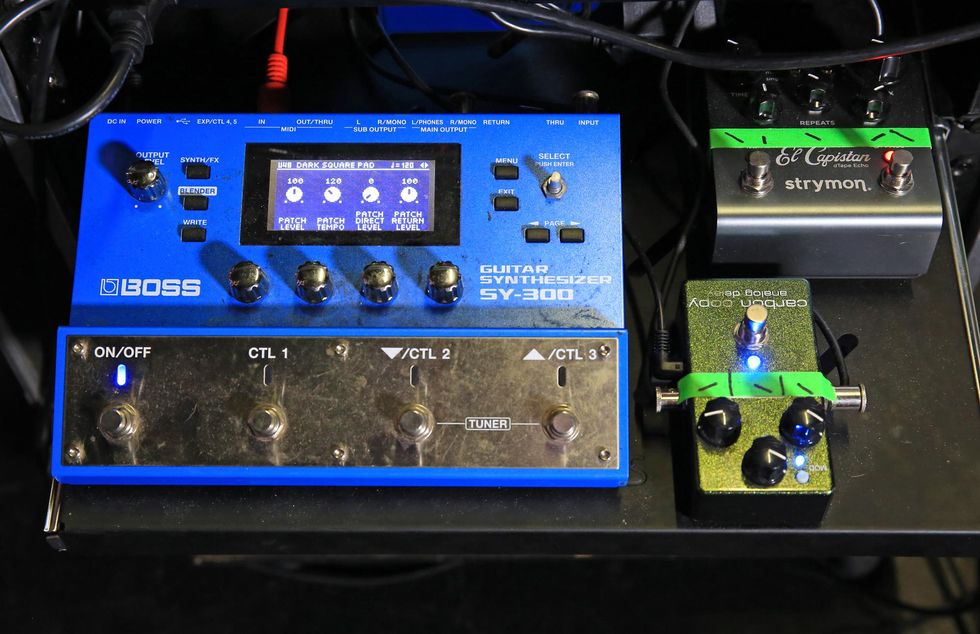
"I love synth pedals," declares Swan. "I'm always looking for a good synth pedal. When I found the SY-300, it blew my mind." He's twisted his guitar signal on the past four DGD records with that big blue Boss box. The two note repeaters in this drawer are the Strymon El Capistan and MXR Carbon Copy.
Pitch Me, Synth Me
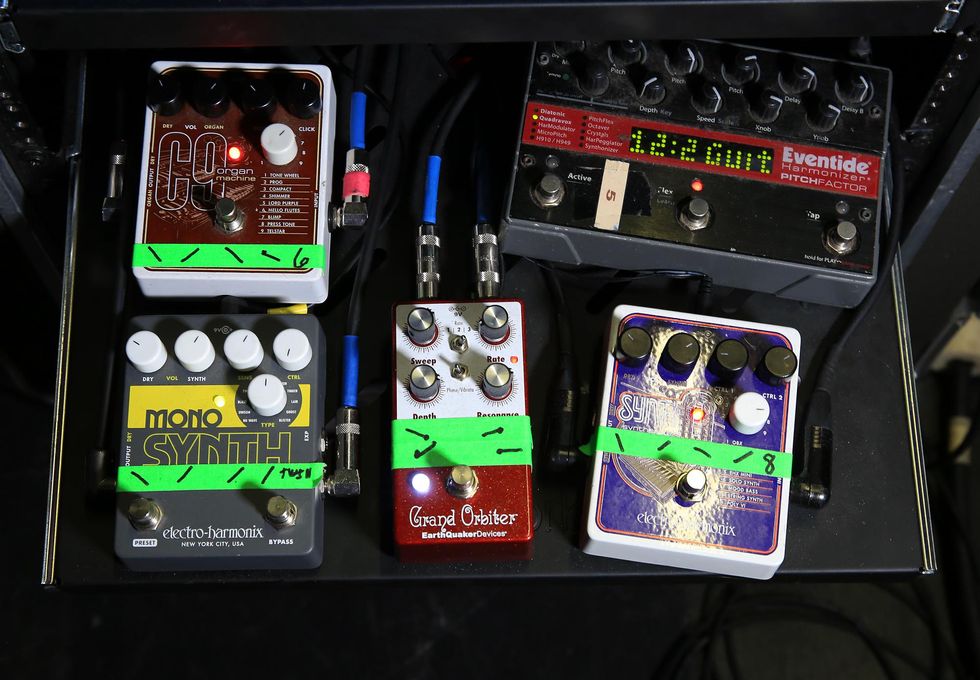
Another of Swan's favorite and heavily used pedals is the Eventide PitchFactor. He's warped notes with that modulation machine since 2015's Instant Gratification and continues to explore new wormholes and unearth inspiration from its many functions. Continuing the theme from the previous photo, he's working with three more synth-y pedals from Electro-Harmonix: a C9 Organ Machine, a Mono Synth ("it makes cool fart sounds"), and a Synth9. The remaining sound swirler is the EarthQuaker Devices Grand Orbiter phaser.
Weird, Wild Stuff
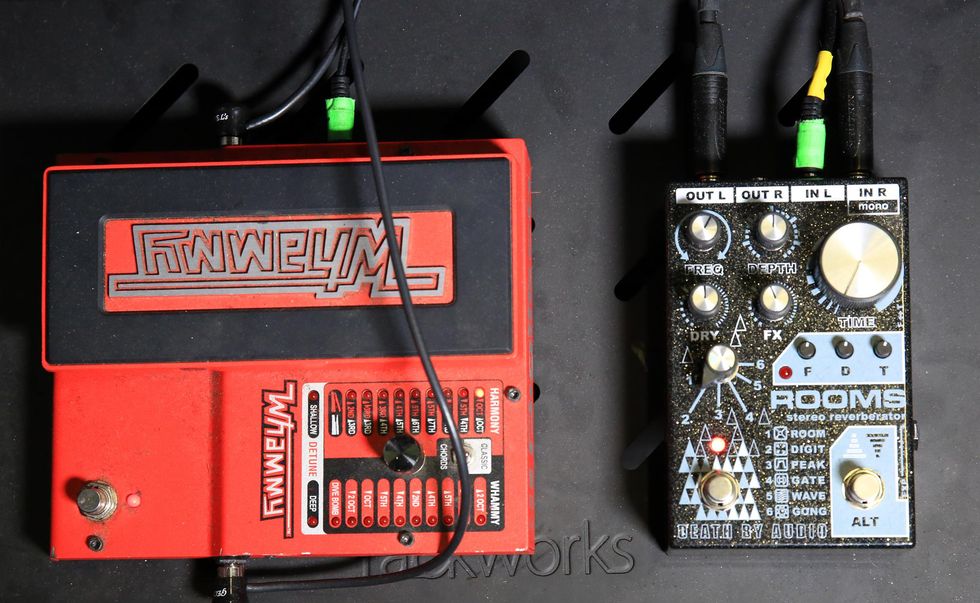
The final drawer keeps the madness moving with a DigiTech Whammy and a Death By Audio Rooms reverberator. And since the Whammy is stowed in the rack, he abstains from the foot-controlled, pitch-shifting function and only uses the octave for the bridge of fan favorite "We Own the Night."
Ground Control to Major Swan
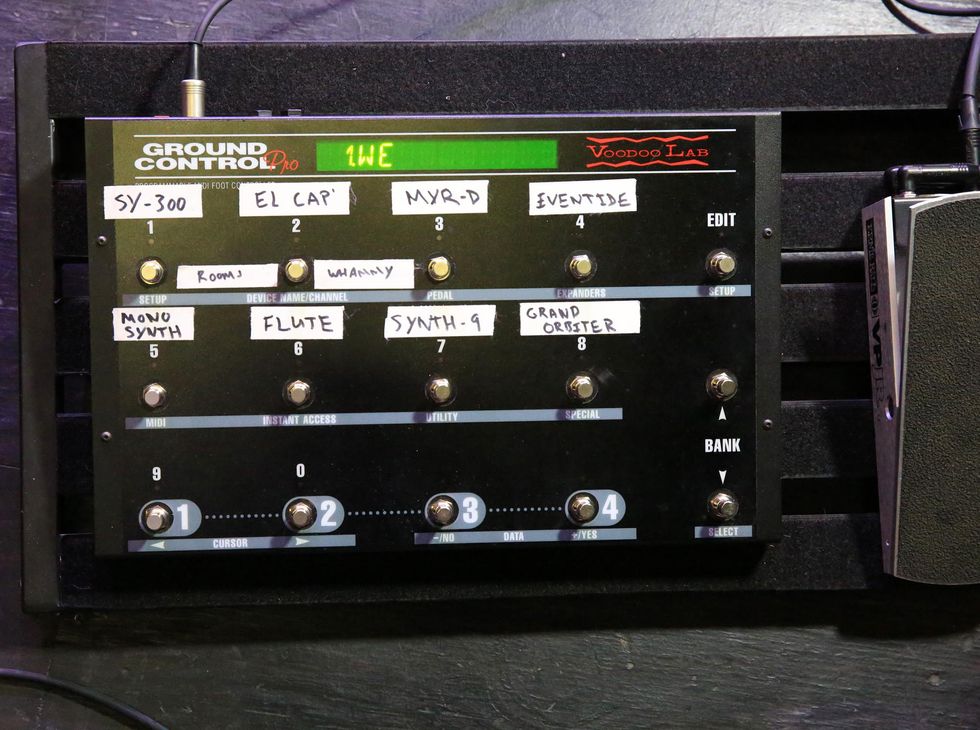
Giving order to his rack full of pedals is the Voodoo Lab Ground Control Pro MIDI controller. Sneaking into the shot is an Ernie Ball VP Jr volume pedal that Will uses only for killing his signal for tuning.




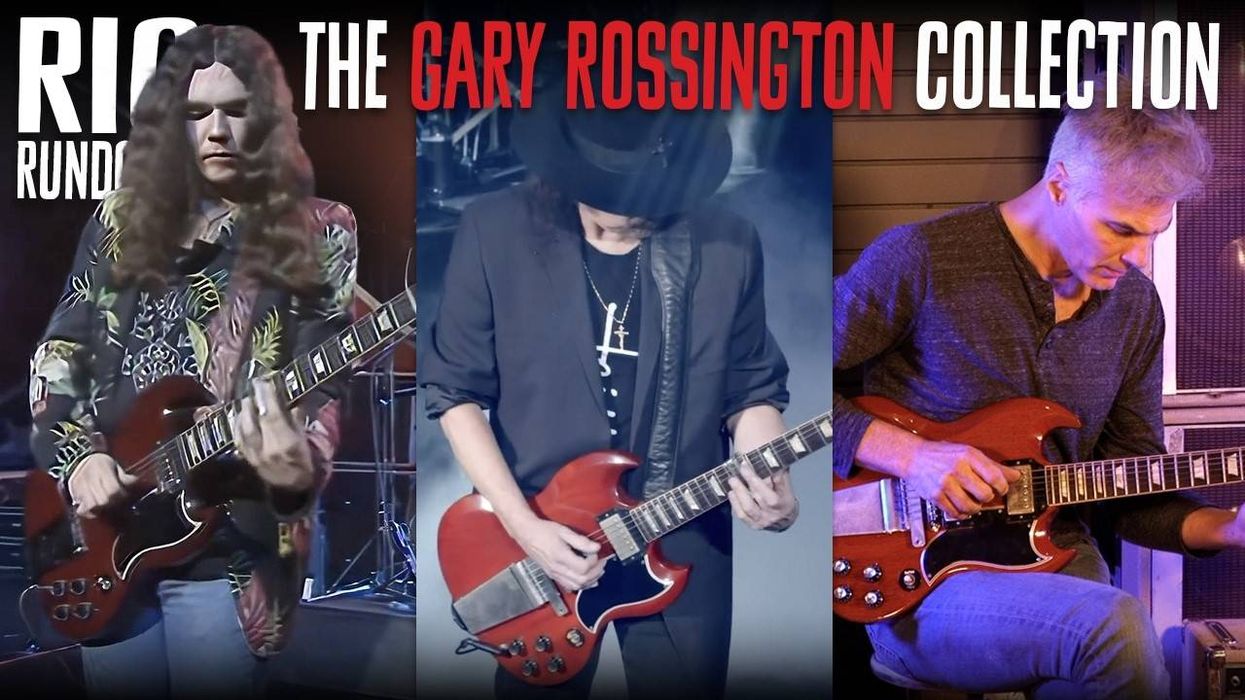
![Rig Rundown: Russian Circles’ Mike Sullivan [2025]](https://www.premierguitar.com/media-library/youtube.jpg?id=62303631&width=1245&height=700&quality=70&coordinates=0%2C0%2C0%2C0)



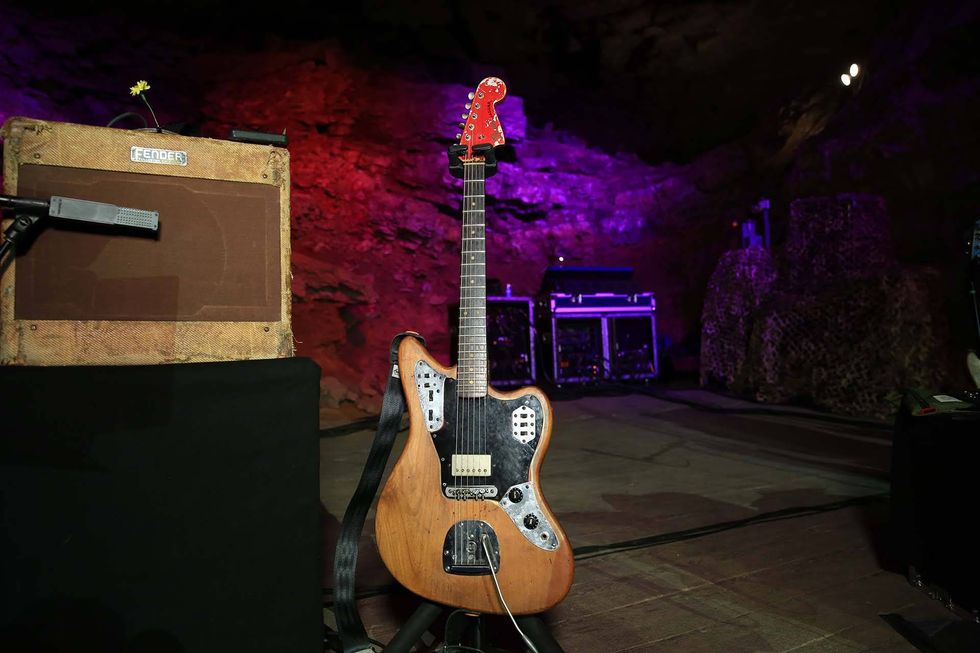
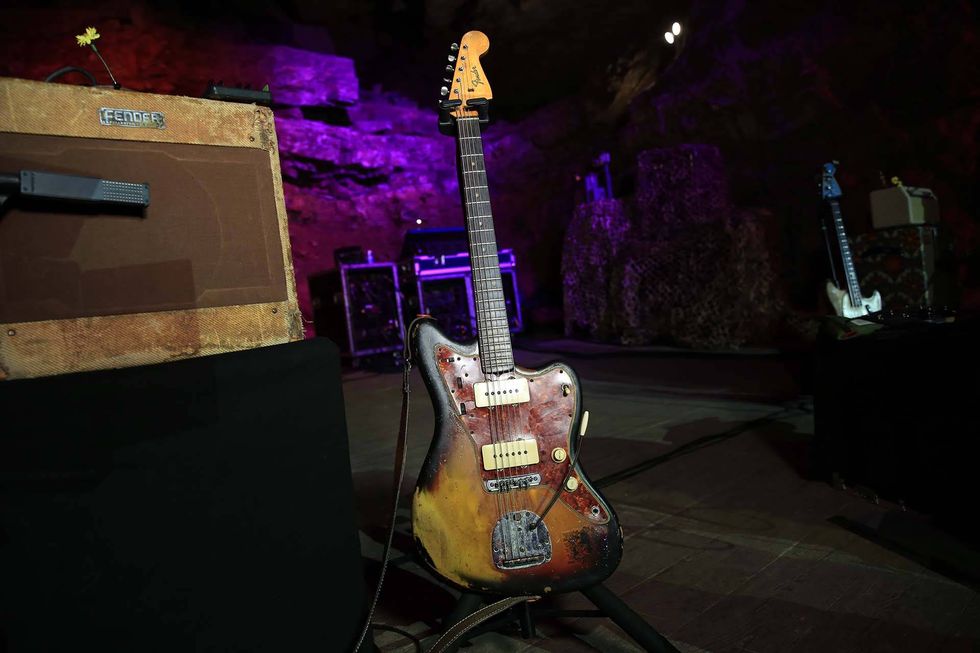
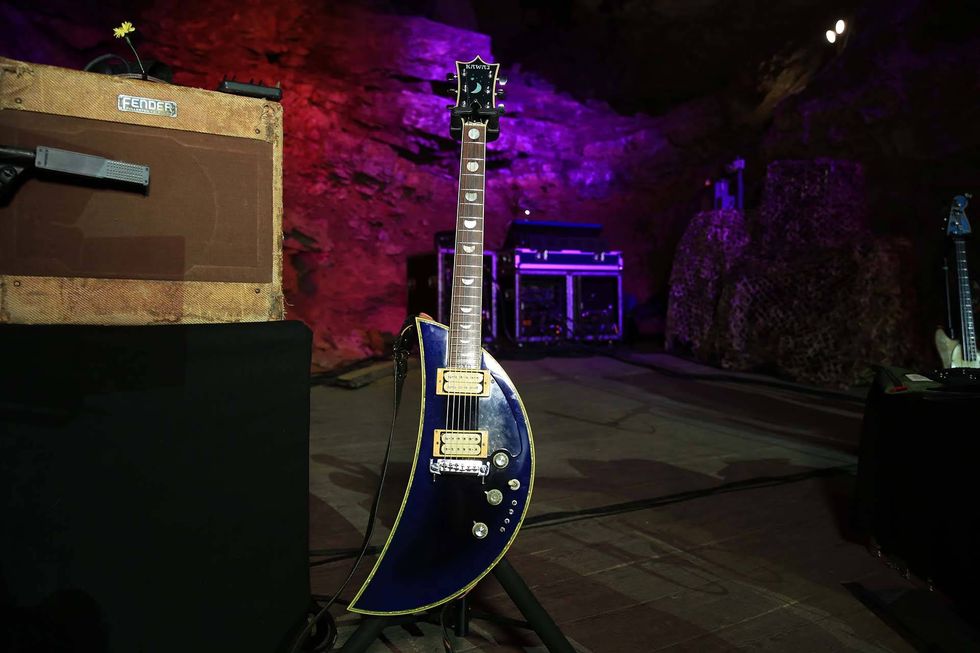
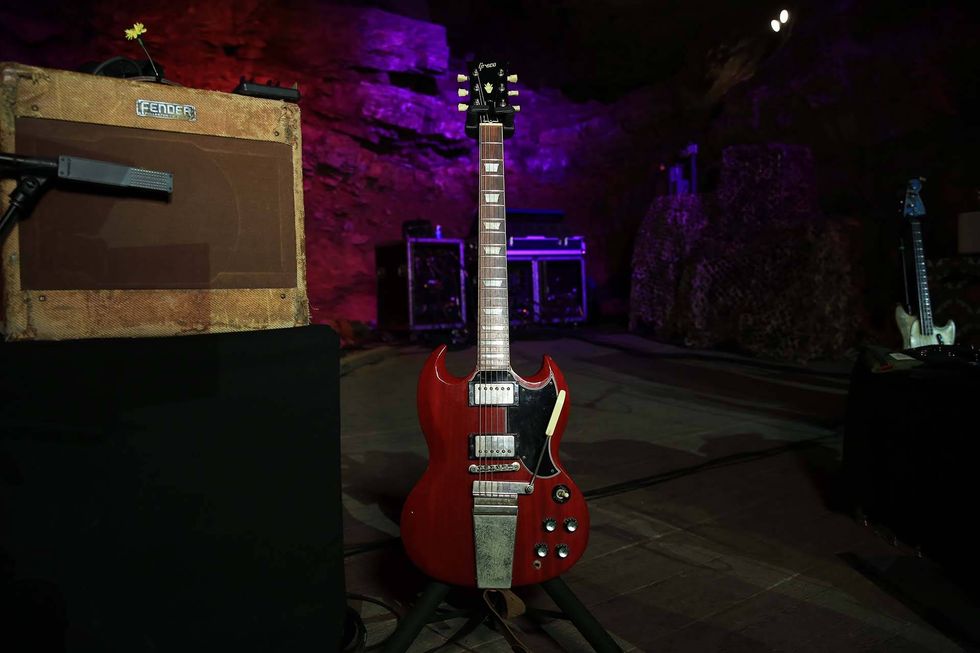
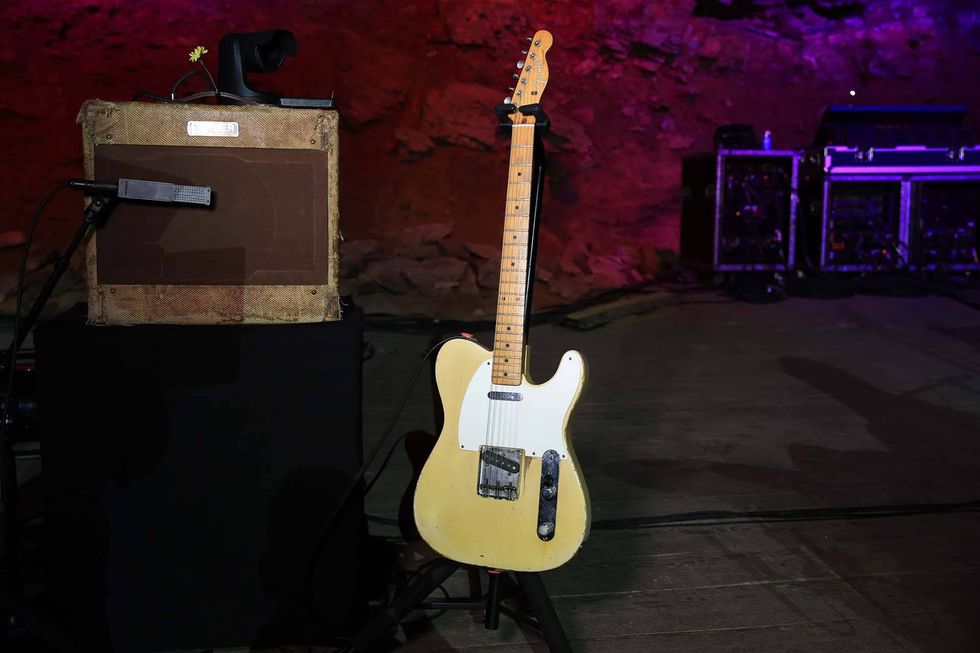
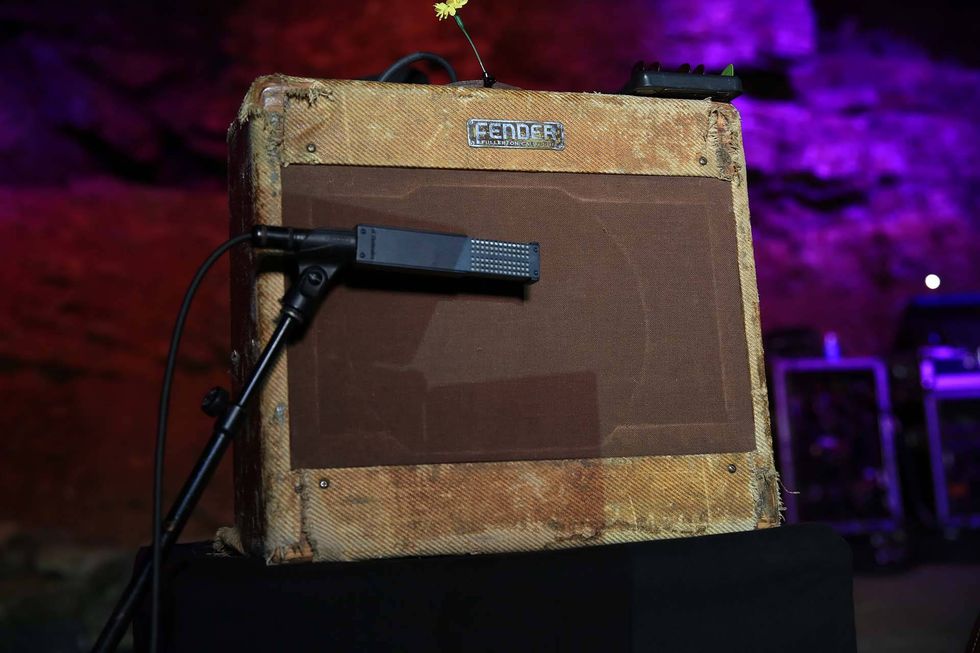
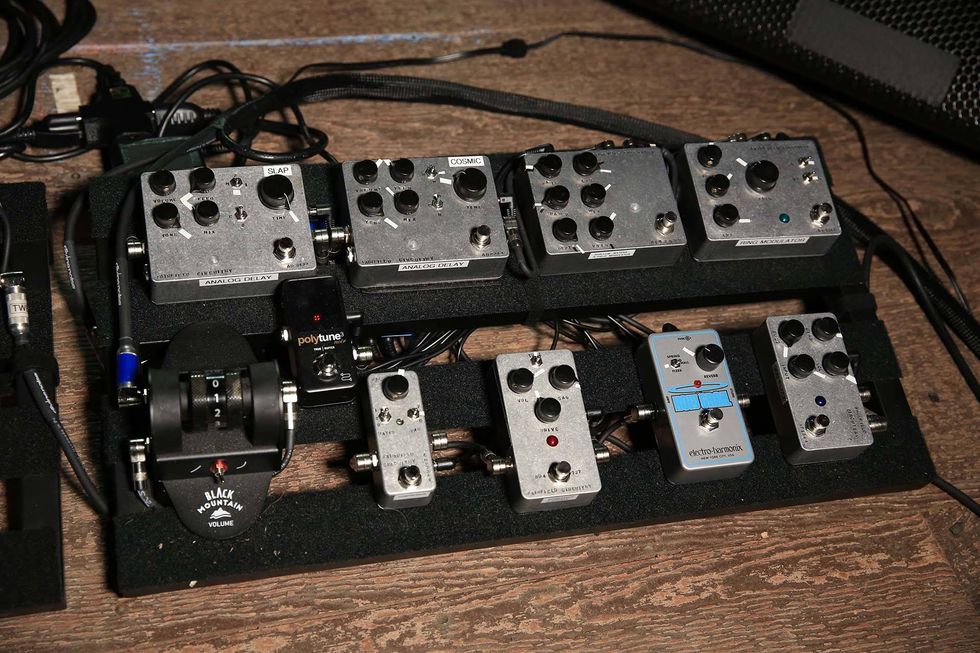
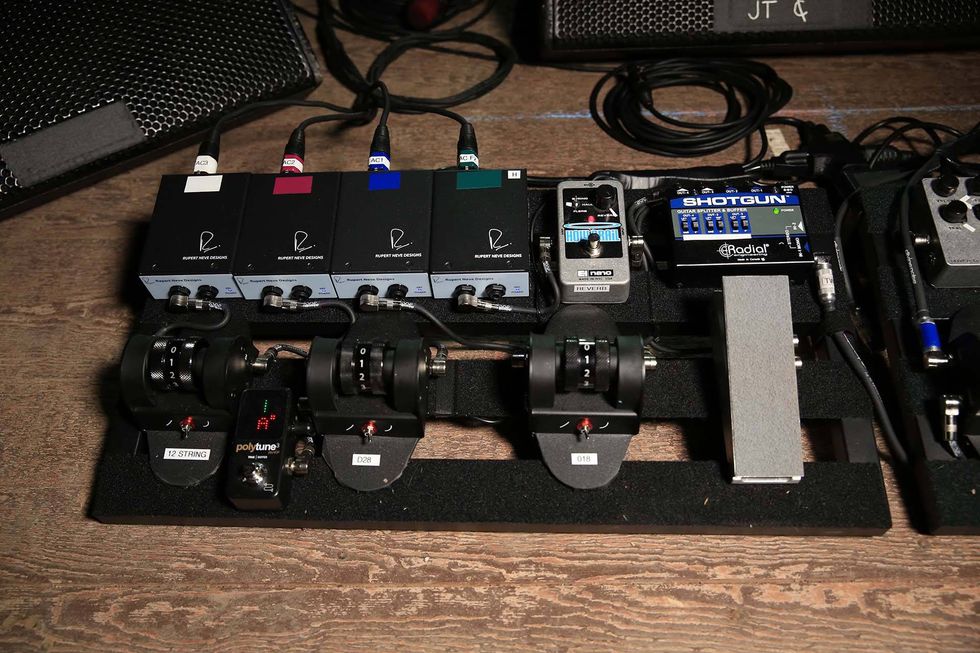






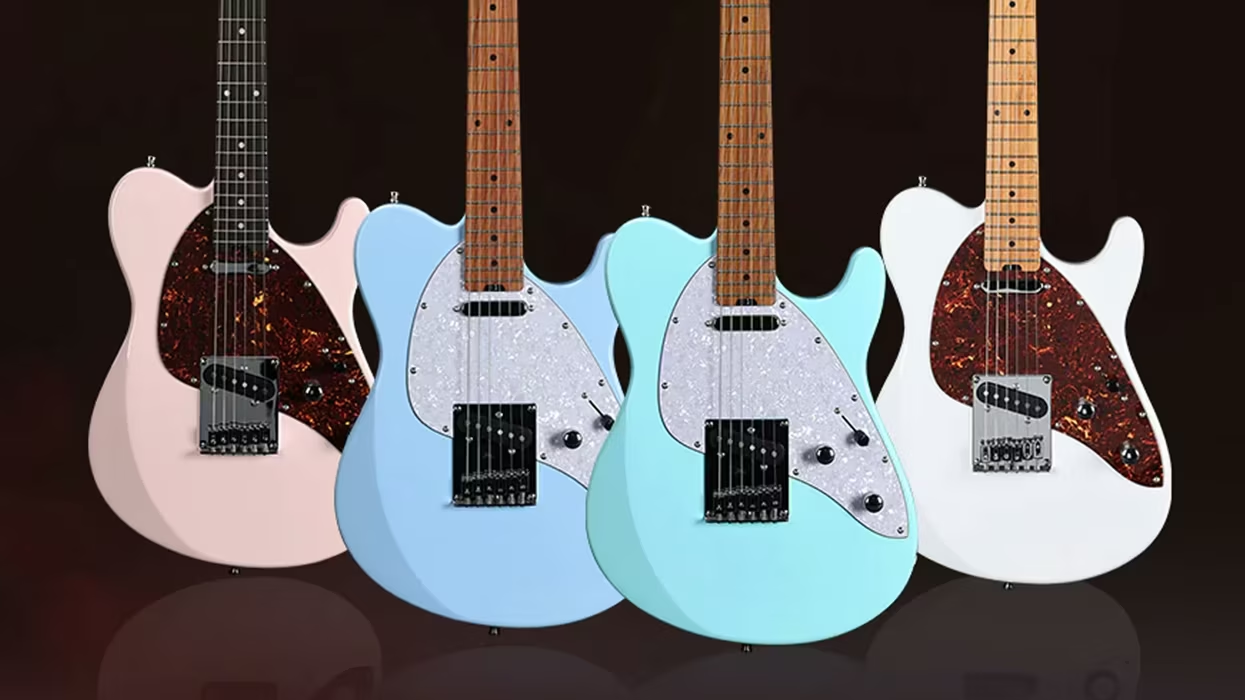

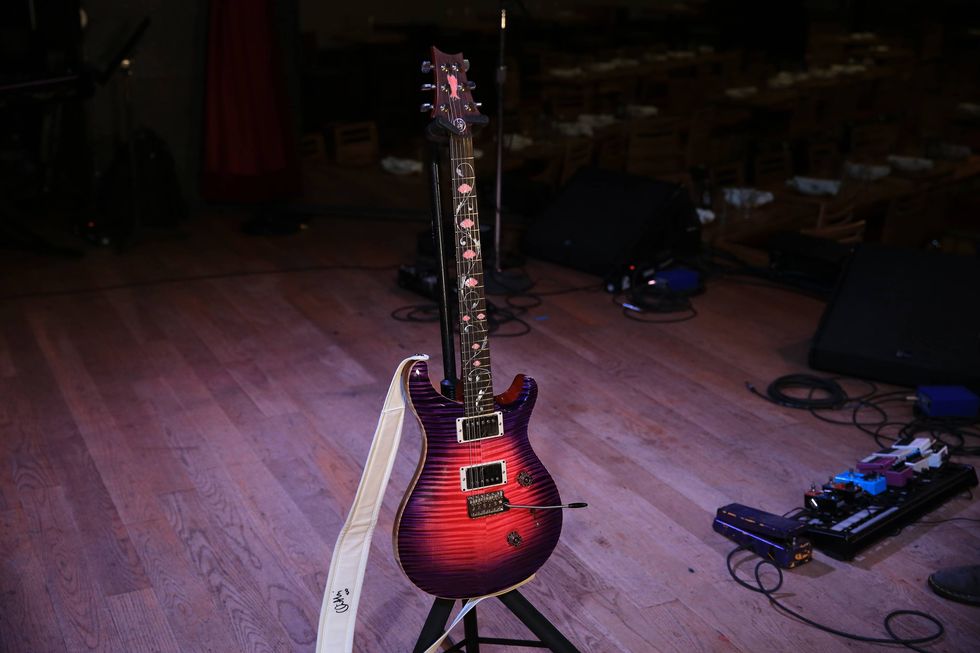
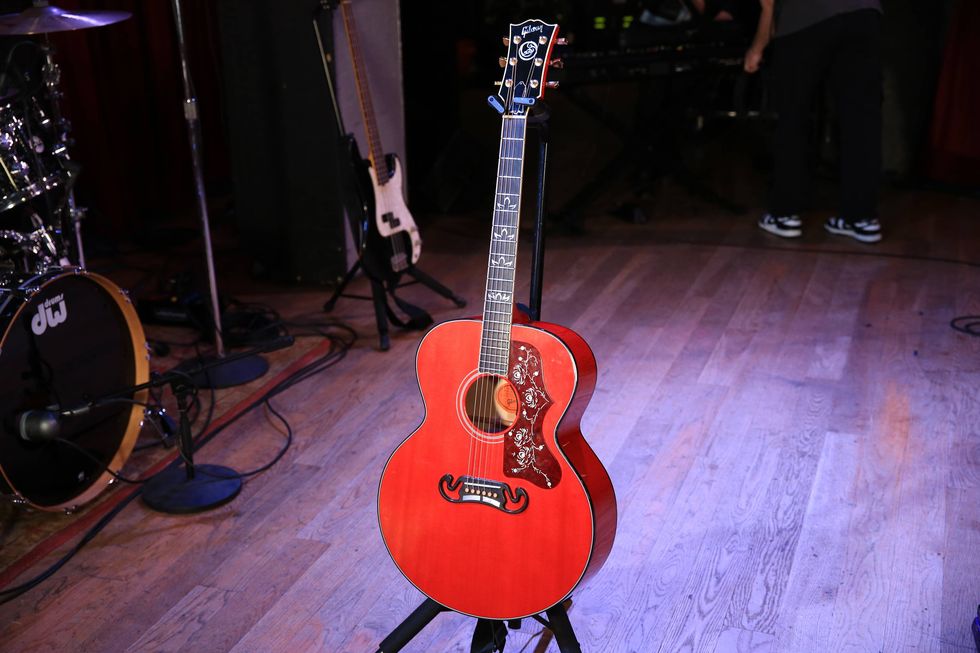
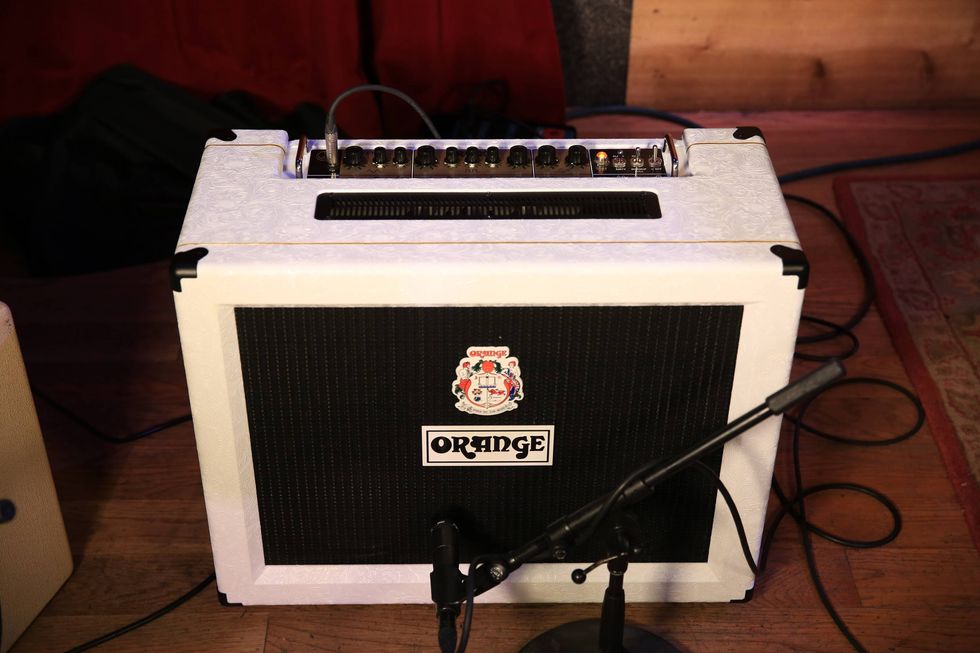
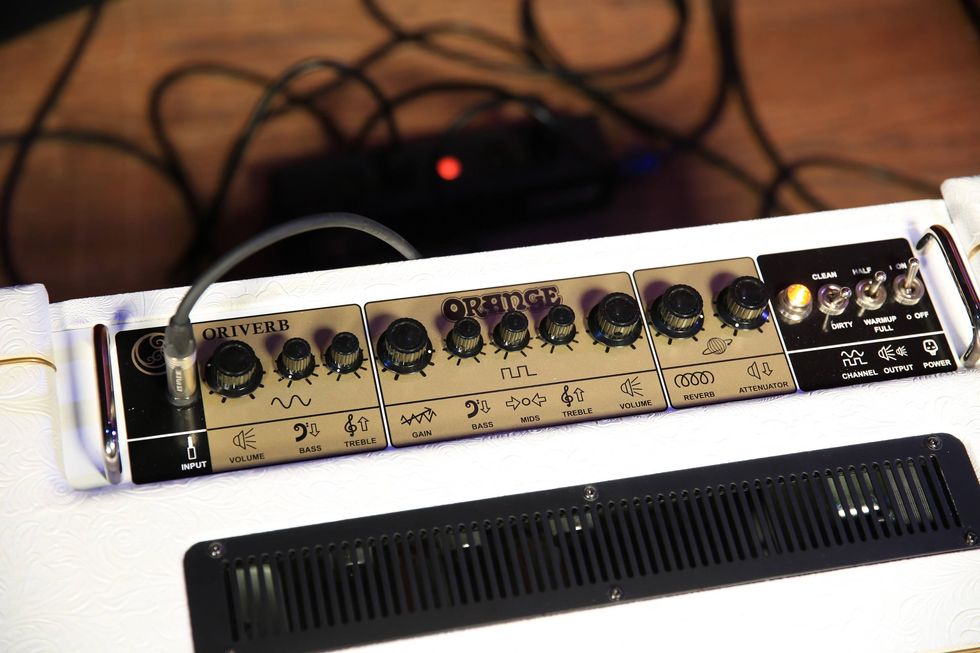
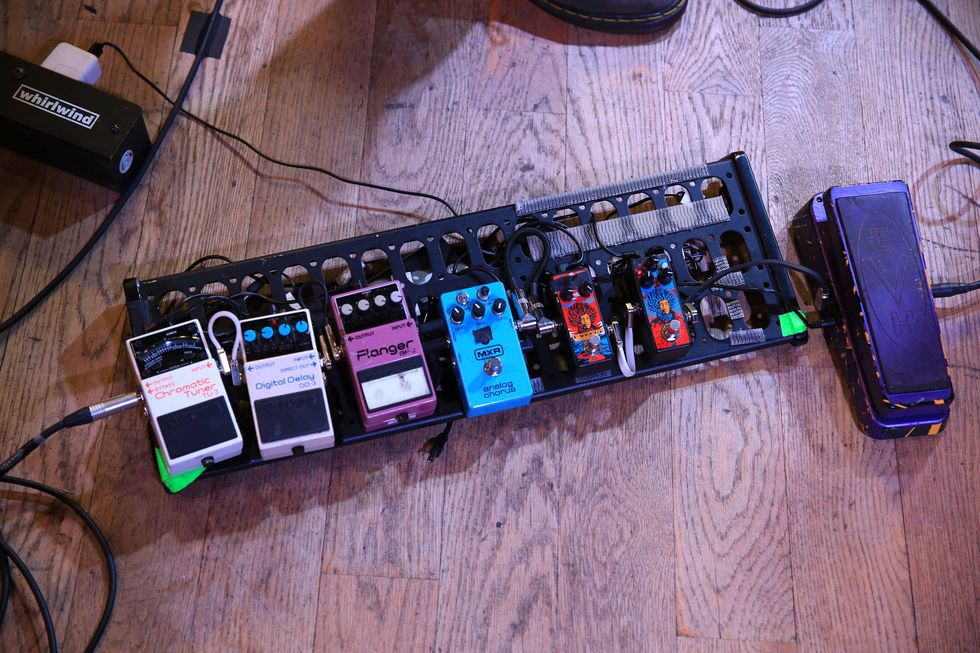

![Rig Rundown: AFI [2025]](https://www.premierguitar.com/media-library/youtube.jpg?id=62064741&width=1245&height=700&quality=70&coordinates=0%2C0%2C0%2C0)




















 Zach loves his Sovtek Mig 60 head, which he plays through a cab he built himself at a pipe-organ shop in Denver. Every glue joint is lined with thin leather for maximum air tightness, and it’s stocked with Celestion G12M Greenback speakers.
Zach loves his Sovtek Mig 60 head, which he plays through a cab he built himself at a pipe-organ shop in Denver. Every glue joint is lined with thin leather for maximum air tightness, and it’s stocked with Celestion G12M Greenback speakers.








